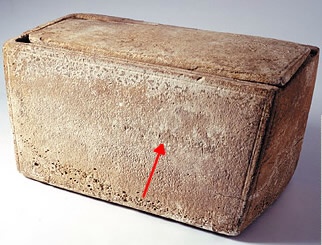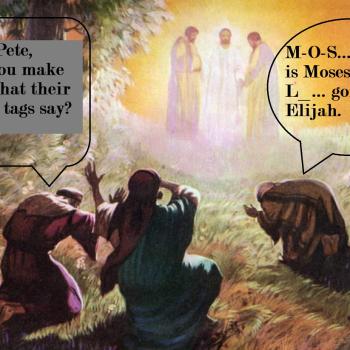Hector Avalos published a news article on the historical Jesus, which illustrates the danger of trying to interpret evidence in a field outside one’s own area of specialty. Avalos wonders how anyone could have doubted that Jesus came in the flesh, as 1 John mentions, if the historicity of Jesus was well established. This misses completely the nature and rationale of docetism, a known phenomenon which most scholars think was in view in the passage in question. Far from arguing that no Jesus appeared in human history, as Earl Doherty does, the proponent of this view claimed that the Jesus who appeared in history was not a fleshly mortal being, but a divine one. What we see in these developments is the impact of the increasingly exalted status attributed to Jesus, hitting up against the deep-rooted presupposition that gods are by definition not mortal and do not die, as Jesus had.
Given that Avalos mentions the James Ossuary, I should also direct readers to an article (HT Ben Witherington) which claims that a geological reanalysis of the artifact and the patina on the inscription confirms its authenticity. I will leave it to those with expertise in the relevant modes of analysis to discuss and evaluate this.













